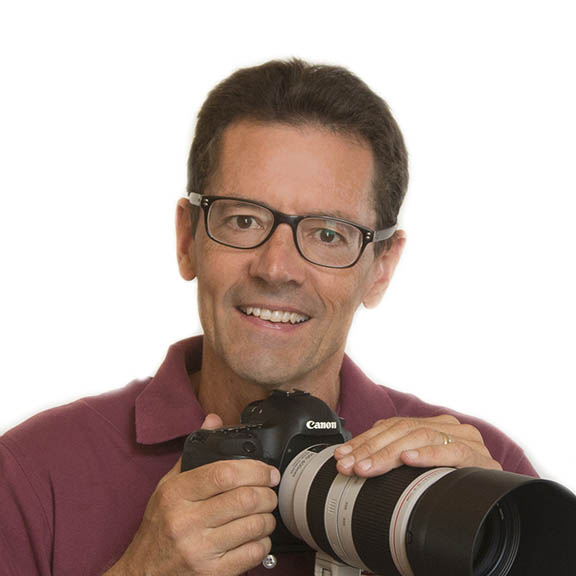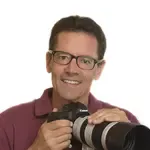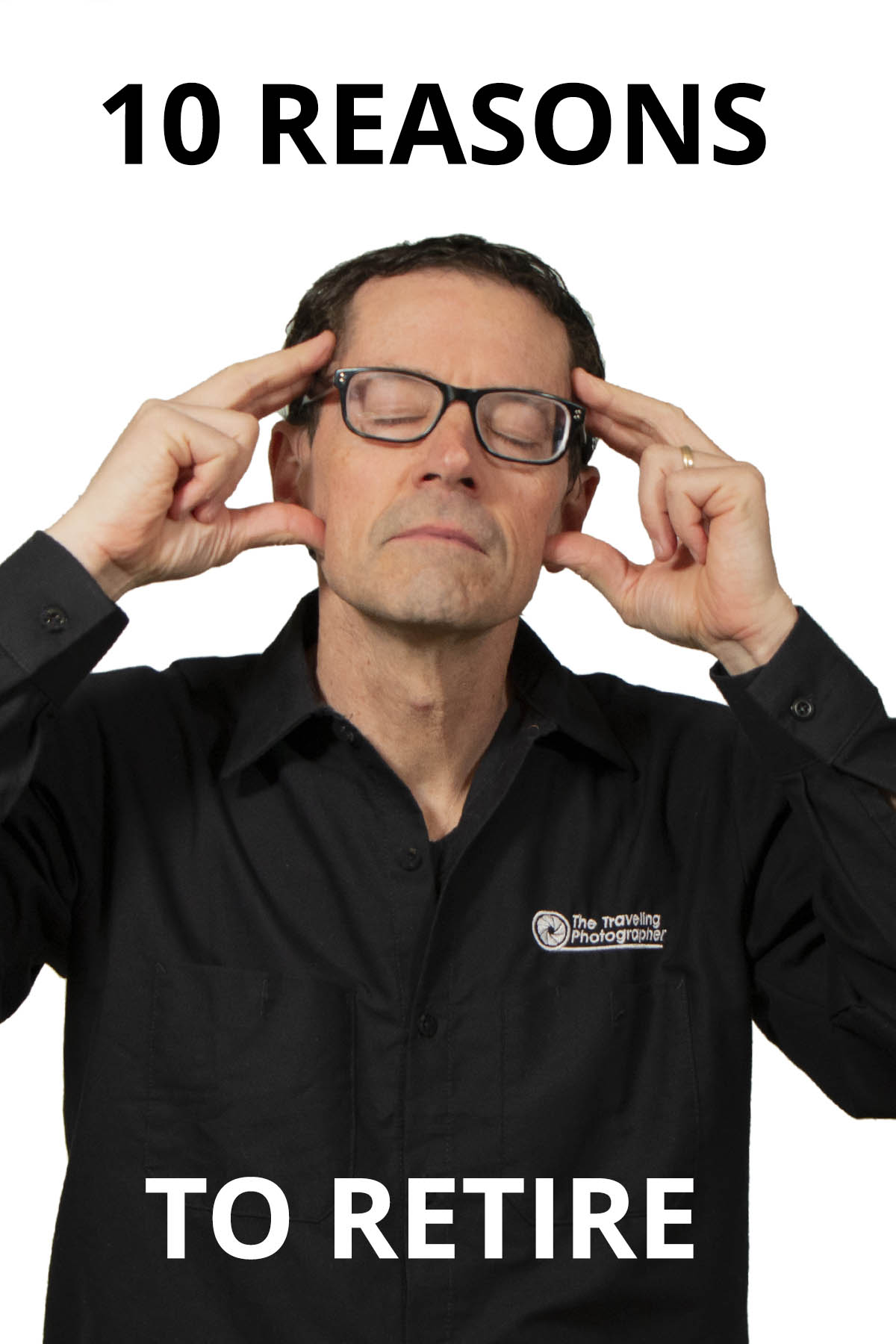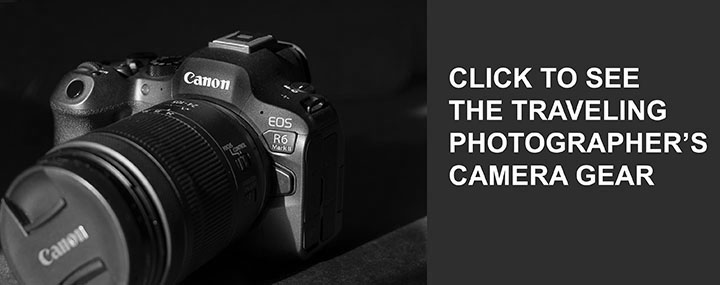Why I Stopped Shooting Portraits For Money
WRITTEN BY: BRUCE LOVELACE
UPDATED ON: August 7 , 2025
 Reasons To Retire?
Reasons To Retire?Image generates using Gemini AI
Have you ever wondered when or why portrait photographers retire?
Back around 1980, I photographed a friend's family as a surprise anniversary gift. It was the first professional paid job I took on as a portrait photographer. Now, 45 years later I just shot my last.
I know what you're thinking. I just got burned out after being a portrait photographer for so long. Well, that's not exactly what happened. For me it was for a variety of reasons I stopped shooting portraits for a livings.
See the following reasons to stop shooting portraits for money. Three of the following reasons were the main motivation for me to retire. Can you guess which ones influenced me the most?
1. Burnout
 Bruce, The Photographer
Bruce, The PhotographerExperiencing a career burnout is quite common, but if you really enjoy what you do, you may want to keep on going.
After earning a degree in photography and a shooting few casual portrait shoots, I took at job with a location baby portrait company and averaged between 35 and 40 portrait sessions each and every week. Doing the math, after 9 years that adds up to over 15,000 portrait sessions.
After that I ventured out with my own portrait business. Running a photography business involves much more than just taking pictures. It includes marketing, accounting, client communication, editing, and administrative tasks. This can be stressful and lead to burnout, especially if the financial rewards don't always justify the effort
2. Copycats
Many photographers in the portrait industry changed their way of doing things. Photographers copied my business model as The Traveling Photographer. They ditched the overhead of their permanent photography studio and began shooting portraits on location like me.
Clients love the comfort and convenience of being photographed at home. At first, I was mocked for not having a "brick and mortar" photo studio for shooting portraits. Hard to believe, as it turned out I was actually a trend setter.
Now the idea of hiring a photographer to shoot on location is more common than going to a studio for portraits. Many of the brick and mortar studios have closed.
3. The Big C
Declining health or a major threat to your well-being can motivate you to make a lifestyle change and refocus your priorities.
I was diagnosed with Cancer. When you hear the big "C" word it makes you ask a lot of questions. You get reminded of your own mortality. You realize that your remaining days are limited. You examine what's most important in your life and what's not. Fortunately, all is well for me now!
4. Declining Skills
As I write this I'm now in my mid-sixties. Although I've adopted a healthy lifestyle of healthy eating, exercise, and sleep, skills and energy levels change as part of the aging process. I don't carry my cameras, lights, and backgrounds in and out of houses and businesses with the same vitality and enthusiasm like I used to.
5. Wall Portraits
People don't buy and display large wall portraits very much anymore. I'm not sure if that's a cultural change or a financially driven change. Early on most of my family portrait sessions resulted in my customers hanging a large print or two on the wall.
Additionally, clients will give prints to their relatives as well. That was a good profit center, but not so much anymore. Nowadays people share their photos via Facebook, texts, emails, and other social media.
6. Market Flood
The photography market is now flooded with talented and not so talented portrait photographers.
Entrance into portrait photography is so easy now. You can set up a website or a Facebook page, buy a digital camera and learn plenty of techniques for free on the internet.
Technology has changed the path to enter into the portrait industry. Cameras are so advanced now you don't need a deep understanding of camera settings anymore.
7. Software
The software to edit and retouch your photos is nothing short of remarkable. Photographers with limited skills can now turn mediocre photos into stunning images with editing programs, sometimes with just one click of a button..
That levels the field and makes it more challenging to develop a unique look with your photography.
8. Smart Phone Cameras
The sophistication of the cameras built into today's smartphones is extraordinary. Although there is much to know about lighting and composition, almost anyone can take high quality images with their phones. The demand for a paid professional photographer hasn't disappeared, but it has changed.
You don't need to know f/stops, shutter speeds, focusing skills, or ISO settings to take great photos.
9. Retirement Savings
Like any self-employed individual, photographers need to proactively plan and save for retirement. Once you've built up an adequate nest egg it's time to retire. After 40 years of working do you think I built up sufficient savings to kick back and relax?
10. Free Time
Retirement offers the opportunity to pursue other hobbies, spend more time with family, travel, or simply enjoy a slower pace of life, free from deadlines and client demands.
Some photographers may retire from professional portraiture to explore other genres of photography such as landscape, wildlife, or sports photography. You have more creative freedom with less pressure and can pursue entirely different interests.
I hope you found this article on retiring from portrait photography helpful.
Whether you're looking to retire as a photographer or any other vocation it's often a big decision with many factors, both positive and negative.

Bruce Lovelace is the publisher of TravelingPhotographer.com. Bruce shot portraits full time for over 35 years. Now he shoots more travel photography. Read more about him on the About Page. He also publishes how to articles and camera gear reviews at the Photography Tips and Canon Geek websites.
The Traveling Photographer Location on Google My Business





